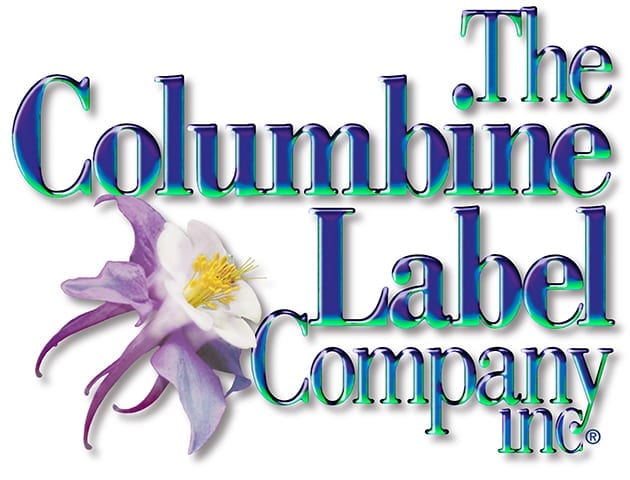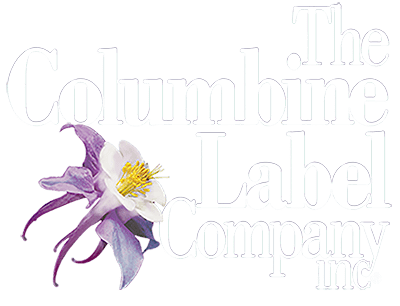What is the FDA and How Do They Impact Your Labels?
The Food and Drug Administration (FDA) is responsible for ensuring that all food products sold in the United States are safe for consumers to consume. One way they do this is by requiring food manufacturers to comply with specific labeling requirements. These requirements help ensure that consumers have access to important information about the food they are consuming, including ingredients, nutritional content, and potential allergens. These guidelines are designed to protect the public by preventing misleading or false information from being presented on food packaging. In this blog post, we will discuss the FDA labeling requirements for food products.
The FDA’s labeling requirements are extensive and cover a range of information that must be included on food packaging. Some of the most important information that must be included includes the product name, net weight, ingredients list, nutrition facts, and allergy warnings. Here is a breakdown of each requirement:
Product Name
The name of the product must accurately reflect what the product is. It must not be misleading or confusing to the consumer.
Net Weight
The net weight of the product must be clearly stated in both metric and U.S. customary units. This is important for consumers who are watching their caloric intake or are concerned about portion control.
Ingredient List
The FDA also requires food manufacturers to list all of the ingredients used in a food product on the label. This is important for consumers who may have food allergies or sensitivities, as it allows them to avoid products that contain ingredients they are allergic to. For example, if a food product contains peanuts, the manufacturer must list peanuts as an ingredient on the label.The ingredients list must be provided in descending order of predominance by weight. This means that the ingredient that weighs the most is listed first, and the ingredient that weighs the least is listed last.
Nutrition Facts
One of the most important FDA labeling requirements for food products is the Nutrition Facts label. This label provides detailed information about the nutritional content of a food product, including the amount of calories, fat, cholesterol, sodium, carbohydrates, fiber, sugars, protein per serving, serving size, and number of servings per container. The Nutrition Facts label also includes information about any vitamins or minerals contained in the product, as well as any added sugars. This information is important for people who are watching their weight or managing a chronic disease such as diabetes.
Allergy Warnings
Another important FDA labeling requirement is for products that contain any of the eight major food allergens. These allergens include milk, eggs, fish, shellfish, tree nuts, peanuts, wheat, and soybeans. If a food product contains any of these allergens, the manufacturer must list them on the label in plain language. This is important for consumers who have food allergies or sensitivities and need to avoid certain foods.
Health Benefits and Risks
The FDA also enforces strict guidelines regarding the use of certain claims on food labels. For example, if a food product claims to be “low-fat” or “low-calorie,” it must meet specific criteria set by the FDA. The FDA also closely monitors claims related to health benefits, such as “heart-healthy” or “reduces the risk of cancer.” The FDA also requires food manufacturers to include a statement on the label about the health benefits or risks associated with a product. For example, if a food product is high in sodium, the label must include a statement about the potential health risks associated with consuming too much sodium. Similarly, if a food product contains a nutrient that is known to have health benefits, such as omega-3 fatty acids, the label must include a statement about those benefits.
Overall, FDA labeling requirements for food products are designed to ensure that consumers have access to accurate and useful information about the foods they are consuming. These requirements help consumers make informed choices about the foods they eat and can also help protect them from potential health risks associated with certain foods. For a complete list of regulatory requirements and nuances please visit the FDA website.
Sources:
- “Guidance for Industry: Food Labeling Guide.” U.S. Food and Drug Administration, Jan. 2023, fda.gov/food/food-labeling-nutrition/food-labeling-guide.
- “Food Allergies.” U.S. Food and Drug Administration, 10 Jan. 2023, fda.gov/food/buy-store-serve-safe-food/major-food-allergens.


